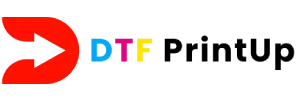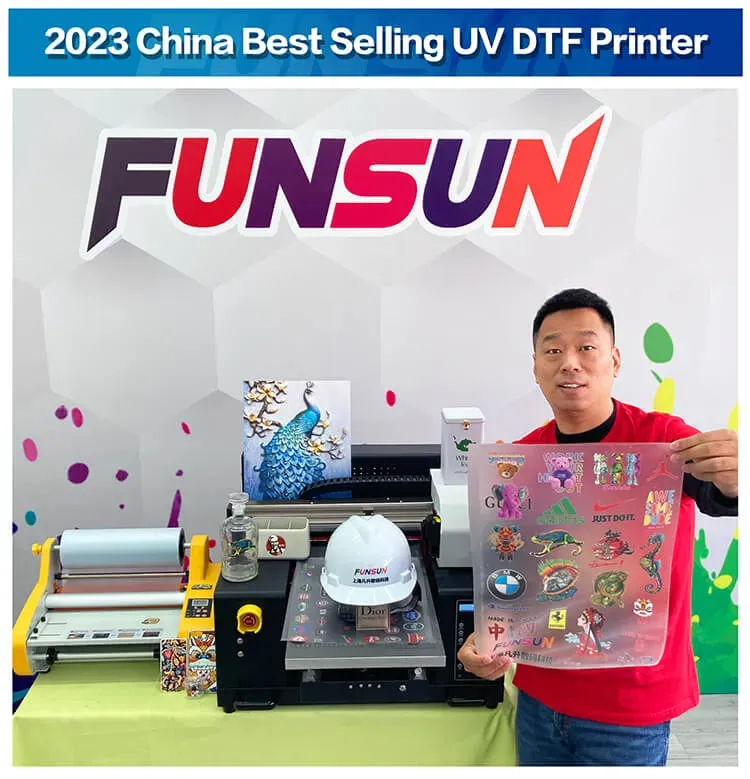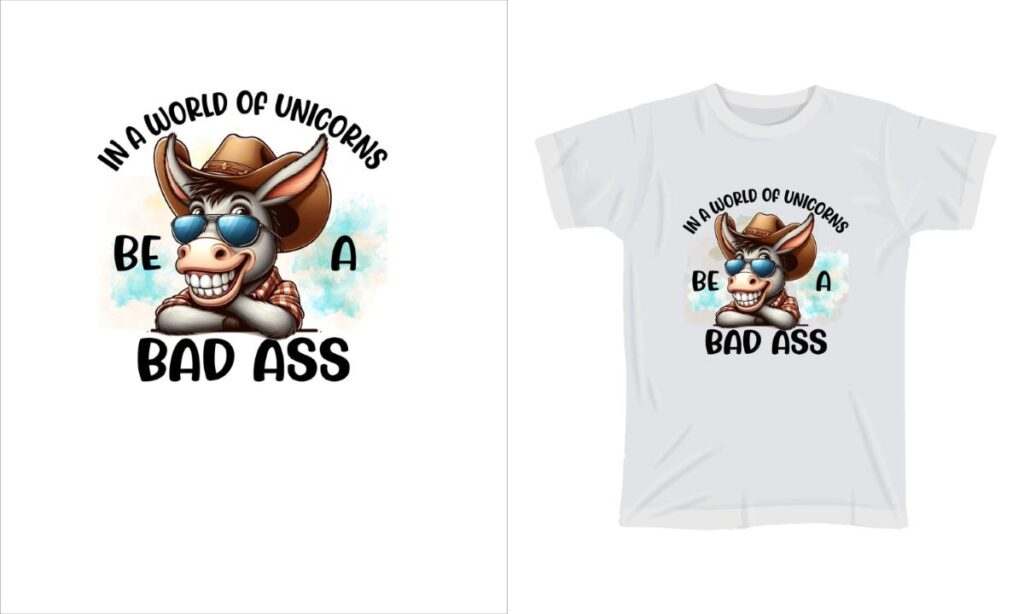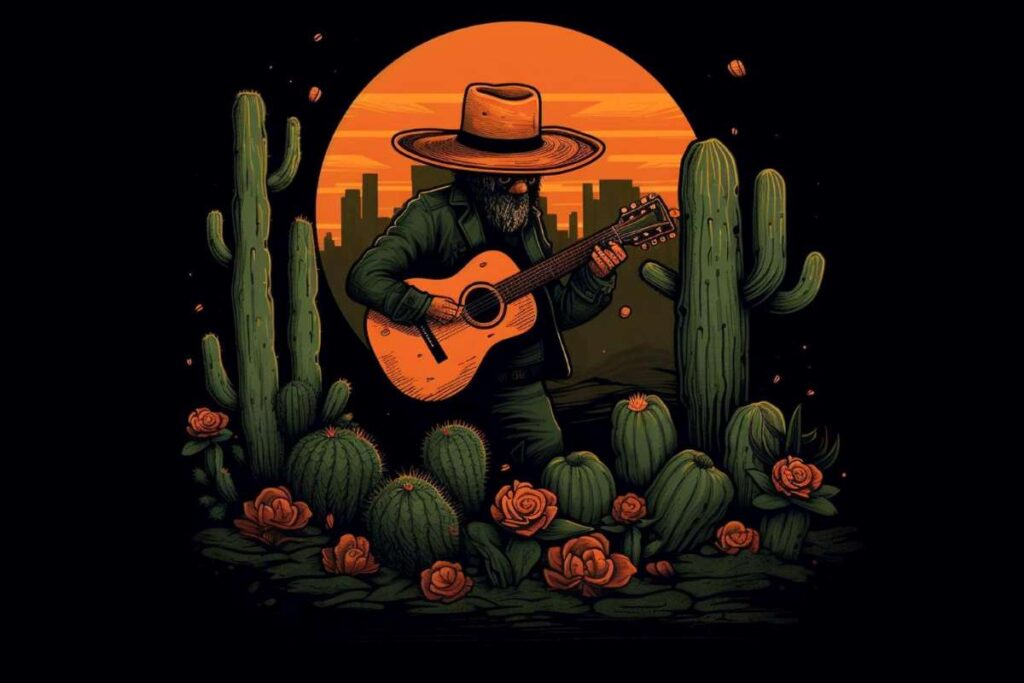In today’s fast-paced printing industry, UV DTF printing has emerged as a groundbreaking technique that redefines printing standards. Unlike traditional printing methods, UV Direct-to-Film (DTF) printing is lauded for its eco-friendly approach, utilizing advanced digital printing techniques to produce vibrant designs without the excessive waste typically associated with older methods like screen printing. This innovative technology not only fosters sustainability but also enhances versatility, allowing businesses to easily meet varying consumer demands for customized products. As more companies recognize the importance of incorporating sustainable printing solutions, UV DTF printing stands out for its ability to deliver high-quality results efficiently. In this article, we will compare UV DTF printing with traditional methods, exploring the benefits and potential drawbacks of each, particularly in regard to their environmental impact and practicality.
UV DTF printing, sometimes referred to as ultra-violet direct-to-film printing, is revolutionizing the way prints are made by combining speed, sustainability, and precision. This method leverages modern digital printing techniques to produce stunning, eco-friendly designs that resonate with today’s environmentally conscious consumers. In contrast to conventional printing processes, which rely heavily on screen printing and often generate significant waste, this innovative technology ensures minimal ink usage and a considerable reduction in resource consumption. Moreover, as businesses adapt to the evolving market landscape, alternative options like UV DTF printing provide tailored solutions that meet the ever-growing demand for customization and detail. By examining the strengths of both UV DTF and traditional printing methods, we can better understand how to move toward a more sustainable future in the printing industry.
Understanding the Mechanics of UV DTF Printing
UV Direct-to-Film (DTF) printing is an innovation that merges UV technology with ink transfer processes, enabling vibrant colors and intricate designs to be achieved on a variety of surfaces. The method utilizes UV light to cure ink, allowing it to adhere not just to textiles but to materials like glass, metal, and plastics. This technology is a game-changer for businesses seeking to minimize their environmental impact, as it typically produces less waste compared to traditional screen printing methods that require extensive setups and multiple screens.
In addition to its eco-friendly aspects, UV DTF printing stands out for its adaptability. While traditional printing methods often struggle with accuracy in color reproduction across different media, UV DTF can offer high-resolution prints with exceptional detail. Because it eliminates the need for multiple setups for each job, businesses utilizing this method enhance their operational efficiency while also meeting the custom demands expected by today’s consumers.
Sustainability Compared: UV DTF vs. Traditional Methods
Sustainability is becoming a core concern across various industries, including printing. UV DTF printing significantly lessens environmental impact through its reduced ink consumption and energy use during production. Unlike traditional printing techniques like screen printing, which often generate substantial waste due to excess inks and the necessity of numerous screens for different color applications, UV DTF offers a streamlined process. This not only conserves resources but aligns with the growing consumer preference for eco-friendly printing solutions.
Furthermore, many printers and businesses are striving to adopt sustainable practices. With the ability to print directly onto films and transfer designs with precision, UV DTF effectively minimizes the number of materials needed for a job, thereby reducing overall waste. As consumers increasingly gravitate towards brands that prioritize sustainability, the journey towards eco-friendly printing becomes essential for market competitiveness.
Versatility of UV DTF for Diverse Applications
One of the most notable advantages of UV DTF printing is its incredible versatility. This technique allows for the printing of complex, full-color designs on an array of materials, including textiles, wood, and even metal. While traditional printing methods such as screen printing can be limiting, UV DTF transcends these restrictions, offering businesses the capability to cater to a wider range of customer needs and preferences.
Moreover, UV DTF’s adaptability extends to product types, making it suitable for customized items ranging from apparel to home décor. Businesses can tap into emerging markets by quickly responding to trends with tailored designs, something that traditional methods simply cannot achieve as efficiently. Thus, the versatility of UV DTF printing is revolutionizing how companies approach personalization and product differentiation.
Cost-Efficiency of UV DTF vs. Traditional Processes
When evaluating the cost implications of printing methods, it’s essential to consider not only the material costs but also the labor and operational efficiencies. UV DTF printing tends to be more cost-effective in the long run due to its reduced material wastage and faster setup times compared to traditional methods like screen printing. Each change in design often requires a complete reconfiguration with screen printing, leading to extended production times and increased labor costs.
Moreover, with the rise of consumer demand for customization, businesses can leverage UV DTF printing’s efficiency to turn around orders faster, ultimately leading to higher customer satisfaction and repeat business. The overall savings in labor and materials, combined with enhanced ability to meet market demands promptly, positions UV DTF printing as an economically savvy choice for modern printing enterprises.
Consumer Expectations Driving Innovation in Printing
Today’s consumers are increasingly demanding high-quality, personalized products, and businesses must adapt to meet these expectations. UV DTF printing thrives in this environment by offering rapid turnarounds and complex designs that cater to the modern penchant for customization. Traditional methods often fall short in flexibility, failing to keep pace with the needs of consumers who seek unique designs that reflect their personal style.
Events like PacPrint 2025 serve as showcases for this shift in consumer expectations, with industry leaders highlighting next-generation technologies such as UV DTF printing that prioritize both efficiency and quality. Companies that invest in these innovative approaches can better serve today’s consumers, gaining a competitive edge in a market that’s increasingly leaning towards digital solutions and custom print jobs.
The Future of Printing: Shifting Towards UV DTF Technologies
As we glance ahead, it’s clear that the landscape of printing is undergoing a significant transformation, with UV DTF technologies at the forefront. Traditional methods are being challenged not only by the speed and efficiency of UV DTF printing but also its enhanced capability to deliver personalized services that appeal to today’s market. This shift signifies a broader acceptance of digital printing techniques that promote sustainability while allowing for greater innovation.
Industry players are recognizing the importance of aligning with sustainable printing practices. As businesses pivot towards using UV DTF printing, they capitalize on cost savings associated with material and labor reductions, alongside the environmental benefits that come with minimized waste. This evolution isn’t just a trend; it’s a strategic move that places those who adapt swiftly into positions of leadership in an ever-evolving printing market.
Frequently Asked Questions
What advantages does UV DTF printing offer compared to traditional printing methods?
UV DTF printing offers several advantages over traditional printing methods, including reduced waste and greater sustainability. Unlike screen printing, which often involves excessive ink usage and multiple setups for different colors, UV DTF efficiently uses ink and can print directly on various surfaces with vibrant and detailed results.
How does UV DTF printing contribute to sustainable printing practices?
UV DTF printing contributes to sustainable printing practices by minimizing ink waste and reducing energy consumption. The technology uses UV light to cure ink, which enhances efficiency and lessens the environmental impact compared to traditional methods like screen printing.
Can UV DTF printing replace screen printing for customized products?
Yes, UV DTF printing can effectively replace screen printing for customized products. It excels in producing high-resolution, intricate designs quickly and efficiently, meeting the rising consumer demand for personalized items without the extensive setup time associated with traditional methods.
What are the limitations of traditional printing methods compared to UV DTF printing?
Traditional printing methods like screen printing have limitations, including reduced versatility and longer production times. These methods often require multiple screens and setups for color changes, leading to inefficiencies, while UV DTF printing can produce complex designs with faster turnaround times.
Is UV DTF printing more cost-effective for small businesses compared to traditional print techniques?
UV DTF printing is often more cost-effective for small businesses, especially in the context of customization and small batch printing. The reduced waste and material costs, along with quicker production times, make UV DTF an economically viable alternative to traditional printing techniques.
How does UV DTF printing enhance the quality of printed outputs?
UV DTF printing enhances the quality of printed outputs through its ability to produce vibrant colors and fine details on a variety of materials. This method utilizes advanced technology that offers greater control over designs, resulting in high-resolution prints that are often not attainable with conventional printing methods.
| Aspect | UV DTF Printing | Traditional Printing Methods |
|---|---|---|
| Sustainability | Reduces waste and energy consumption, aligning with eco-friendly practices. | Generates more waste and requires excess inks, increasing environmental impact. |
| Versatility | Allows intricate designs and high-resolution prints on various materials, including metal and glass. | Limited versatility in color accuracy and material options; often requires multiple setups. |
| Consumer Demand for Customization | Meets rising demand for personalized products with fast turnaround times. | Less efficient for customization, typically better suited for larger production runs. |
| Technological Innovations | Utilizes advanced technology like 3D-texture printing for better output quality. | Uses established methods (e.g., screen printing) that lack modern technological advancements. |
Summary
UV DTF printing is paving the way for a new era in the printing industry, characterized by its sustainability, versatility, and ability to meet market demands for customization. With the increasing focus on eco-friendly practices, UV DTF printing stands out as a solution that drastically reduces waste while providing high-quality, intricate designs across various surfaces. Traditional printing methods are facing challenges as consumer preferences shift towards more personalized and efficient options. As businesses seek to stay competitive, embracing UV DTF printing will not only satisfy customer expectations but also contribute to a more sustainable and innovative future in printing.



